Well, after a long delay, I'm back. I've had a lot of family related things to take care of over the last two years, including the unexpected and all too early passing of my mother, and then spending time with my father while we all recovered. I've laso been travelling a lot for work in between. In and among all that I found some time to work on the basement and home theater, and now I'm finally at a stage where I can work on the automation system, and get my lighting working.
I've finished drywall, trim carpentry and paint, and installed most of my lighting fixtures and switches. Here's some pictures of the theater as it's developed:
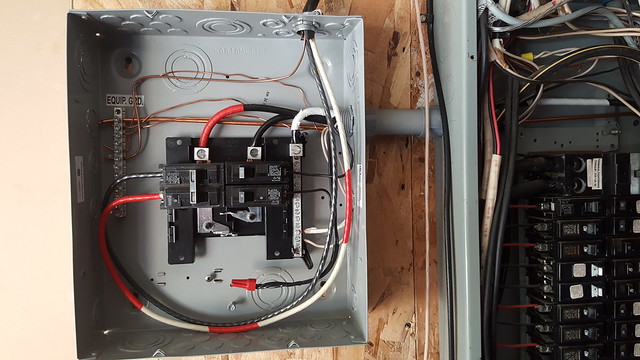
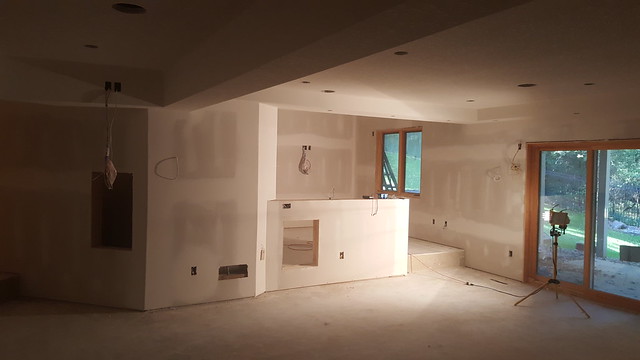

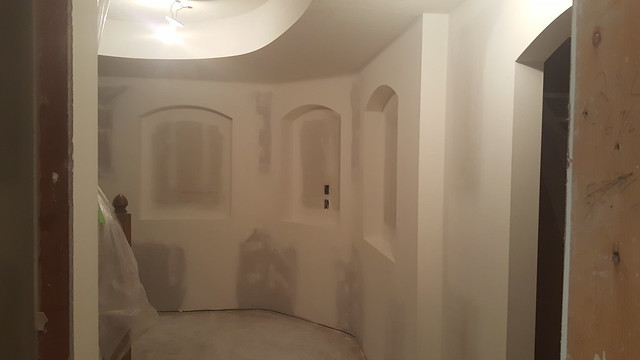

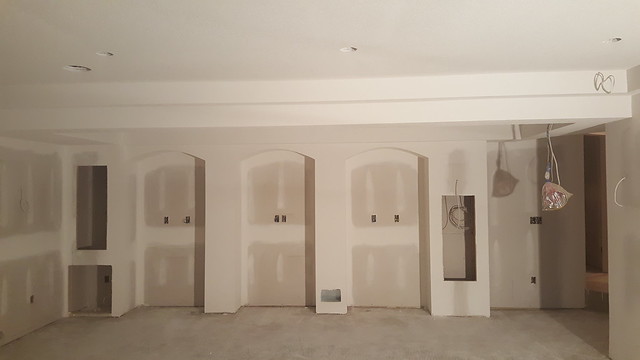


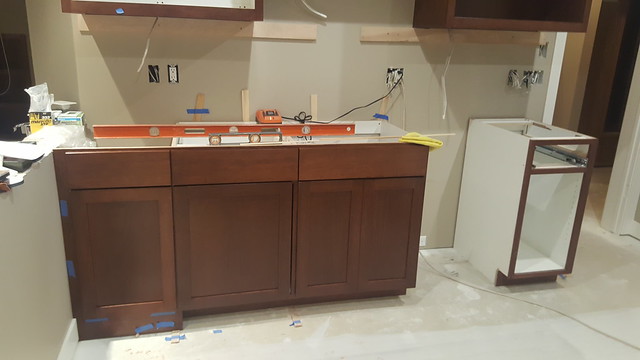

So I'm finally hooking up and installing my Lumina Pro - I can't believe how long this has taken me. I'm rather embarrassed to be coming asking for help, when the delays have been my issues, but I'm not sure what else to say. As a result I'm finding I have some questions that might be rather basic. I've spent some time reading on the forum about other threads that talk about setting it up, but I still have the following questions:
1) Power - I didn't realize when I purchased this unit that it didn't come with the 24V 40Ah transformer, nor the sealed battery. So I'll have to find those - I see that Amazon has a transformer from Elk that looks like it is the right thing...
https://www.amazon.com/Elk-TRG2440-24VAC-Transformer-Fuse/dp/B0007N5LJK/ref=pd_sim_23_8?_encoding=UTF8&pd_rd_i=B0007N5LJK&pd_rd_r=5963F7476Z83N90GBG41&pd_rd_w=OKZ8y&pd_rd_wg=rpEyS&psc=1&refRID=5963F7476Z83N90GBG41
And here is a link for a battery.
https://www.amazon.com/ExpertPower-EXP1250-Alarm-Battery-Terminals/dp/B0010Z4MDK/ref=pd_lpo_vtph_23_bs_t_2?_encoding=UTF8&psc=1&refRID=P3V1G54A2K7X2AHW0V4V
Does anyone have any feedback or reasons why I should get something else?
2a.) Phase coupler. I have the Leviton phase coupler that was included in the kit, and I've seen the install instructions. I have a 200 A main service, and a subpanel that feeds my basement, and my Home theater and all my current switches and modules will be in that lower level fed off the subpanel. Therefore I planned to put the phase coupler in the basement subpanel, it still has some open space - my main panel is full. Am I ok to start with the subpanel, or should I plan to get another phase coupler for the main panel?
2b.) If I need one for the main panel, I guess my assumption is that I can install this on an existing pair of breakers to bridge the two sides of the panel, since it will not use much if any current at all. (and as I mentioned, my main panel is full) Am I right?
3.) Keypad. Do I need to install the Lumina Keypad? I may be able to put it upstairs near the entrance, but it may not make sense yet, since I doubt I'll have any switches or modules there until later - and who knows how long that will take at my pace...

4.) Wiring cabinet. I've installed the Lumina panel in a Leviton Structured wiring enclosure, but I find that the little black pins that hold the backer panel in place don't seem very secure - at least they wobble around a bit and it feels like it's not the right way to attach things... but there are no screw locations that work for this, and I read as much as I could find and this was the product that was recommended... Am i doing it wrong?
5.) HLC vs UPB. I have the PC Access for Dealer software and was planning on using the HLC approach.
I have a few more modules to install including the Simply automated relay modules I plan to use for some outdoor outlets, and my home theater rope lights. Here are the lighting zones and other circuits I plan on controlling:
1. HVAC
- Three RC-2000 thermostats for my zone control system (three levels)
2. Pool
- Pump - Remote power module (model 71A00-1) - Future use (not purchased yet)
3. Home Theater
- Main Recessed lights
- Soffit lights 1
- Soffit lights 2
- Rope Lights (3 separate segments - 1 circuit)
- Niche lights (3 lights over built in cabinets in wall)
- Shelf lights (6 units in 2 shelves on sides of built in cabinet wall)
4. Bar
- Main recessed lights
- Pendant lights (future)
- Under cabinet lights
- Outside lights on Deck
5. Stair Landing and Hallway
- Main lighting
- Niche lights
- Hallway lights
The problem that I foresee is that I have two entrances to the home theater, and was going to put scene controllers at the doors for each - see the pics above. However, I was thinking these would behave as dual scene controllers, with the same programming, mainly for the home theater, as opposed to having one for the home theater and one for the bar. I intended the scene controllers to control the home theater, and only use the switches at the door for the bar. Now I'm thinking that I'll have trouble creating this scheme. It's a problem because the main entrance actually goes to the home theater through the bar, and the scene controller would be at the door to the bar. So I may have to sort of combine the bar and home theater circuits...
Can anyone verify what I'm saying or give me a better way to think about it? Can I manage one zones off two scene controllers? Or should I have one separate one for the bar as well? This feels like it will not be intuitive, and since it's all one big space, it sucks to have to go over to the other side to trigger scenes in the home theater...











